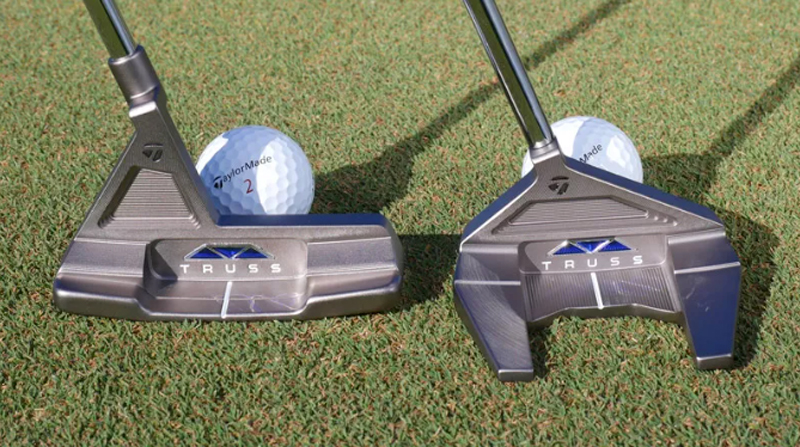TaylorMade Truss Putters Review
Neil Tappin tests out the new Truss putters from TaylorMade

(Image credit: Golf Monthly)
Golf Monthly Verdict
If you're a player that tends to miss-strike your putts out of the heel and toe then perhaps this technology has the answer, if you can get past the unorthadox visuals.
Reasons to buy
-
+
The technology hidden at address
-
+
The blade putter felt very nice
-
+
Offered stabilty
Reasons to avoid
-
-
The looks of the centre-shafted options will put some people off.
Why you can trust Golf Monthly